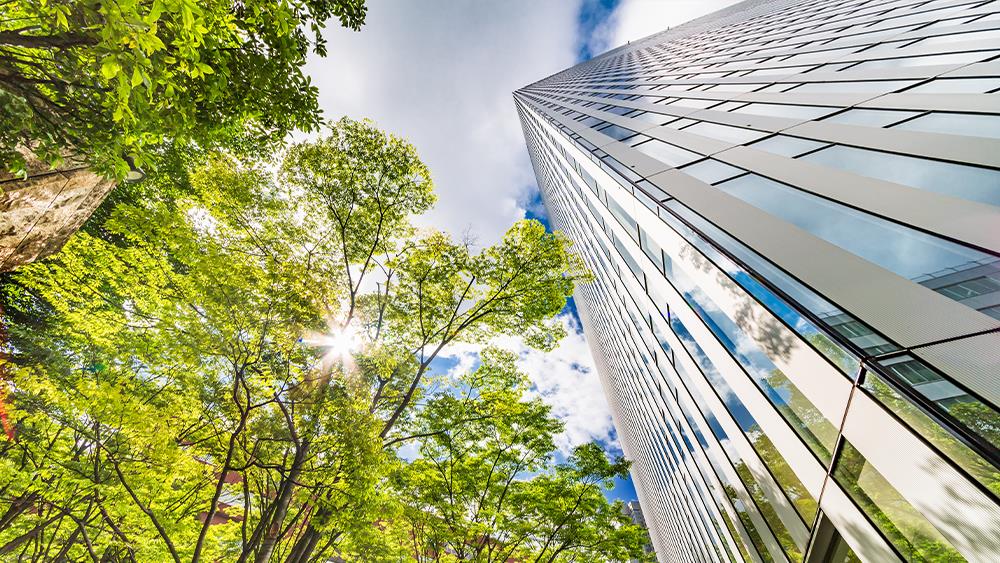

To support their commitment to reach net zero carbon emissions by 2050, Saint-Gobain has established two new carbon funds that will support initiatives and activities that reduce emissions.
The funds aim to accelerate the reduction of non-industrial CO2 emissions through everyday actions of employees and targeted investments on sites. The investments will mainly cover areas related to sustainable employee mobility, renewable energy, and improving wellbeing and energy efficiency at Saint-Gobain sites.
The fund is based on the Group's internal carbon price for investment decisions, which was recently raised to €50/ton of CO2 equivalent. Reductions in CO2 emissions will be converted into money to finance projects which themselves aim to reduce the Group's carbon footprint, thus creating a virtuous circle.
In the UK and Ireland, Saint-Gobain has launched a Net Zero Carbon Colleague Assembly that will provide input into which projects are submitted to the Carbon Fund for funding to further reduce carbon emissions. The Assembly is made up of 43 members of staff from 16 Saint-Gobain businesses and will play a critical role in supporting the company’s transition to net zero carbon, through engaging and challenging the business to meet its commitments.
Mike Chaldecott, Chief Executive of Saint-Gobain UK and Ireland, commented: “The Carbon Fund encourages our employees to come up with innovative ideas for change, from small every-day actions to high-impact investments.
“Our Colleague Assembly puts colleagues in the driving seat on our journey to net zero carbon by giving them a voice on which of these projects to submit to help to make our world a better home.
“We are working hard on our zero-carbon roadmaps which will set out a path for each of our businesses for the goal of net zero carbon by 2050. We are focussed on the essential decarbonisation of our business, how we can help our customers’ businesses reduce their environmental impact and how our solutions can help consumers and building owners reduce the impact of their buildings and homes on the environment.”